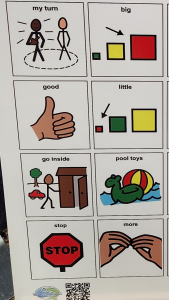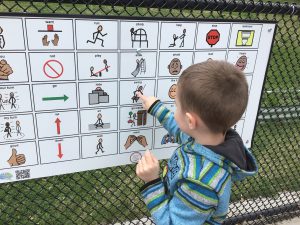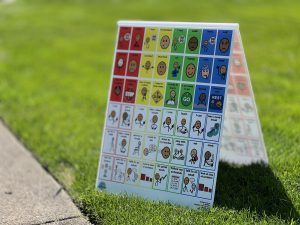
For most children, we know the importance of a routine, especially for children with special needs. Disruptions to those routines, like the biannual daylight saving time (DST) change, can be stressful and confusing. Here are some tips to help children adjust to the time change:
Preparation is Key
- Visual Aids: Create a visual schedule with pictures or icons to show the change in bedtime and wake-up times. There are also social stories available about DST that you can use or adapt. Create a sleep chart together using pictures or simple drawings. Include bedtime routines like brushing teeth, putting on pajamas, and reading a story. This visual reminder helps your child understand the steps needed to power down for the night.
- Hands-on Learning: Involve your child in the time change process. Let them help you change the clocks.
Making Adjustments:
- Gradual Shifts For both “springing forward” and “falling back,” gradually adjust bedtime and wake-up times in the days leading up to the change. Start by shifting them 15-minute increments every few days.
- Maintain Routines: As much as possible, stick to your child’s regular routines for meals, playtime, and activities. This consistency will provide a sense of security during this transition period.
- Be Patient: It may take your child a few days or even weeks to fully adjust to the new sleep schedule. Be patient and understanding during this time.
Additional Tips:
- Address Sensory Sensitivities: Changes in daylight hours can affect children with sensory sensitivities. If your child is sensitive to light, consider using blackout curtains to maintain a consistent sleep environment.
- Communication is Key: Talk to your child’s teachers and therapists about the time change and how they can support your child during this transition.
- Focus on the Positive: Depending on whether we’re “springing forward” or “falling back,” find the positive aspects of the sunshine shift! More daylight in the spring means extra time for outdoor adventures, swings in the park, or backyard games. In the fall, you can use the extra hour of sleep time to create a cozy movie night or snuggle up with extra bedtime stories.
By following these tips, you can help your child adjust to the daylight saving time change with less stress and anxiety. Remember, patience and clear communication are key!

AAC ADA Alternative communication Autism communication developmental delay Down Syndrome executive function skills expressive language deficit language language deficit language development receptive language schedule social skills social stories special ed special education special needs speech language delay support for special needs therapist therapy visual cues








